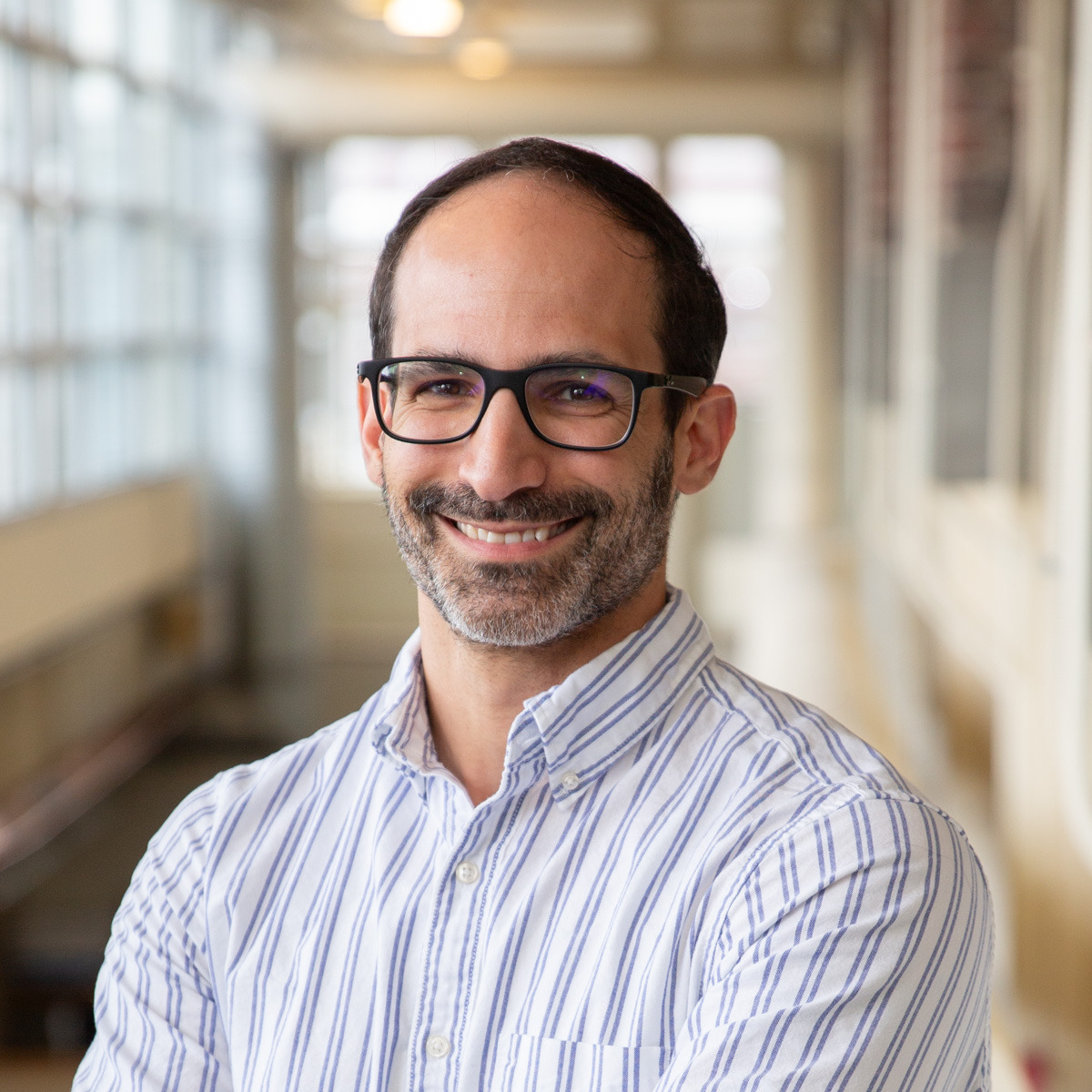For more than ten years, Ayers Saint Gross has marked Earth Day with an internal celebration called Green Week that includes a week-long series of continuing education and social engagement efforts to build our community, refresh our knowledge, and inspire us to advance sustainable designs. Green Week 2023 took place during the week of April 24-30 and included many presentations from our firm members both past and present.
“In some years, Green Week is primarily an opportunity for us to learn from experts beyond the firm,” said Sustainability Director Allison Wilson. “What made this year unique – and I think exciting – is that we really passed the mic to members of our own firm so they could share what they know with each other. Given the pace of change within our organization over the past few years it seemed timely to take the week to share our knowledge with one another to make sure we are all well-informed and learning from the great insights and wisdom we can find within our firm.”
The week kicked off Monday with a presentation by Ayers Saint Gross alum Ruben Morgado, entitled “Hippos and Giraffes: Adventures in International Sustainability.” Ruben is a co-founder of the Carlos Morgado Foundation, a non-profit organization dedicated to strengthening the development of Mozambique.
Ruben shared experiences from several of the projects he has worked on over the last few years, including:
- A crowdfunding effort to get Hippo Rollers into rural communities in Mozambique. A Hippo Roller is a 24-gallon durable plastic drum that can be filled with water and rolled on difficult terrain. By being much more efficient than carrying water by hand, these significantly increase potable water access and increase girls’ access to education as girls are often required to forgo attending school to move water to meet their families’ needs.
- Integrating food digesters between waste collection and waste disposal systems to divert waste from landfills while producing biogas, liquid fertilizer, and compost in Maputo.
- Designing and installing Solar Giraffes, structures that provide photovoltaic solar energy to charge cell phones and lanterns in rural African communities. In addition to increasing access to energy, these structures support community gathering opportunities and public safety.
Ruben spoke about using participatory development approaches to design and implement these projects and the rich engagement that comes from working with people in their home communities.
On Tuesday, Sustainable Design Associate Rishika Shrivastava shared a presentation about the United Nations Sustainable Development Goals (SDGs), 17 goals adopted by the United Nations in 2015 as a universal call to action to end poverty, protect the planet, and ensure that by 2030 all people can enjoy peace and prosperity. The goals are ambitious and far-reaching and range in topics from ending poverty and hunger to promoting quality education, gender equality, and economic growth, to fostering sustainable cities and communities while tackling climate change.
As part of her presentation, Rishika spoke about each goal and provided examples of architecture projects around the world that support each effort. She provided statistics about the importance of each SDG internationally and locally within the context of the U.S. higher education community to show where we can challenge ourselves to meet these goals.
“Why should we care about this? We are in a very populated environment, and we are each one of more than 7.88 billion humans living on this beautiful planet for which we are definitely responsible,” Rishika said. “Our work as designers has a lot of impact on what happens to our planet and all of our clients within the higher education sector are focused on these goals as well.”
Following Rishika’s presentation, Sustainability Director Allison Wilson spoke about how the SDGs provide a common language and framework for speaking with client teams about sustainability, justice, equity, diversity, and inclusion goals, which can ensure more positive results in the design process.
On Wednesday, the Green Week presentations continued as members of various design studios shared five-minute presentations on a variety of topics of their choosing. Presenters included Chris Hazel, who spoke about net-zero housing; Slade Sheaffer, who spoke about Glen Canyon Dam and the future of water in the western United States; Kevin Johnson, who spoke about wind turbines in the mid-west; Courtney Wolff, who presented strategies for increasing coastal resilience; Eric Zobrist, who talked about greening his family home; and Stephen Pasquerello, who shared how data analysis is supporting greater thermal comfort in upcoming design projects. Karen Bastidas and Jonah Rosen also presented, sharing practical advice for succeeding in the WELL AP and LEED AP certification exams.
Allison shared firmwide sustainability news on Thursday when she discussed our most recent year of AIA2030 Commitment performance data and shared internal and external resources for sustainability-related commitments and knowledge-building. She also spoke about high-performing projects within the firm and noted that, as our sustainability efforts have accelerated and become more diverse, it has become more complicated to compare them on single metrics. We’re excited to share that through the innovative work of our design teams and commitments from our clients, 17% of the building square footage we designed in 2022 is meeting the AIA2030 Commitment’s 80% energy use intensity reduction goal.
Finally, on Friday, the week ended with a Behind the Design session by Anthony Vischansky and Cooper Melton about a current student housing project at Dartmouth College. A collaborative effort across architecture, landscape, and sustainability, the project is expected to integrate Passive House design principles and be fueled by on-site solar and geothermal systems.
We look forward to Green Week each year and know investing in the education of our people is a critical component to ensuring we deliver high-performance designs across all of our projects.







